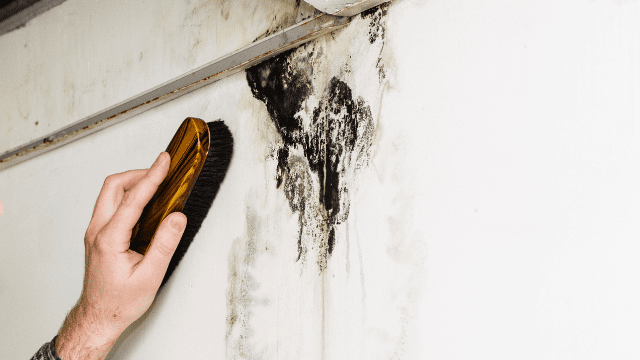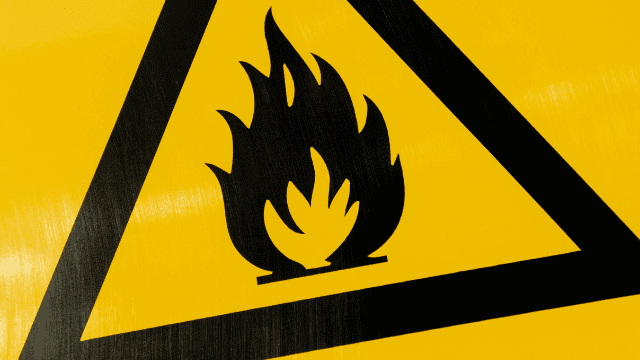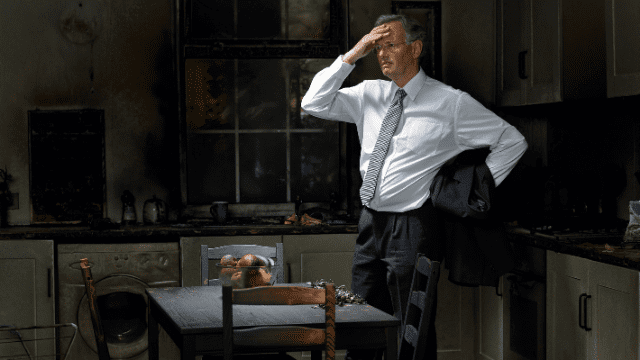Consider the Time of Response
As with medication, the time it takes to take action to deal with a particular accident is essential to the chances of possibly saving something. Water damage can be significantly decreased depending on how fast you respond to the problem at hand. According to experts, molds in the water can grow in just over 24 to 48 hours on almost all organic objects in the house, given that they have a particular level of moisture of at least 16% or higher.
When it comes to damage caused by water on your hardwood floor, it is essential that you consider the essence of time, as the moisture, the temperature, and even the layer of dust under the wet wooden floor can produce an ideal environment for the production of fungi, along with a wide variety of other problems.
Consider the Type of Wood
The proper drying of a hardwood floor to save it from damage is dependent on its type. You have to get to know its makeup before deciding what to do with it. With that said, the following are the most common types of hardwood floors:
- Strip wood
- Plank wood
- Engineered wood
- Laminated wood
Determining whether the wood floor is salvageable after the water damage had occurred, is depends upon the way it was installed, construct, and the surface below it.
Strip and plank wood types are normally installed with no padding or vapor barrier under, therefore more likely to be saved, using the proper equipment and machinery.
On the other hand, laminated and engineered wood, although it may be common among homes, is not considered a type of hardwood flooring, and requires different types of installation which include another layer. Hence, Moisture will be trapped in between. This type of flooring should be replaced in the case of a flood because of its incompatibility with moisture leading to irreparable damages.
Consider the Amount of Moisture
The moisture provided by the damage can affect the different types of floor in various ways. As such, the normal moisture content in a wooden floor may change between 6% and 12%. On the other hand, a flooded floor may acquire up to 40% of moisture content, which can be retained well above the normal level of moisture for a couple of weeks if it is left to dry on its own. In this situation, the nails on the wood may begin to loosen, where the glue may cause a separation between the other pieces of flooring, and the groove and the tongue may even cup or buckle when the moisture has been soaked.






